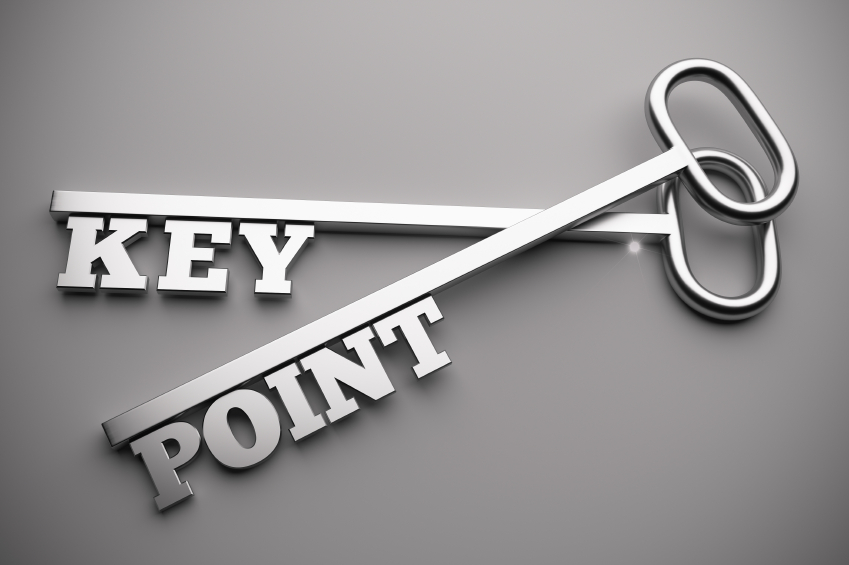6 Major Keypoints in using header tags.

Header tags (H1, H2, H3, etc.) are HTML elements that are used to structure content on web pages. They help search engines understand the hierarchy and organization of the content on your page, and they also make it easier for users to read and navigate your website. Here are some tips on how to use header tags effectively:
Use H1 tag for the main heading:
The H1 tag should be used for the main heading of the page. It should clearly and concisely describe what the page is about and include the primary keyword you want to target.
Use H2 tags for subheadings:
Use H2 tags for subheadings that break up the content into logical sections. These subheadings should be related to the main topic of the page and include secondary keywords.
Use H3 tags for subsections:
Use H3 tags for subsections that are related to the H2 subheading. These subsections should provide more detail on the topic and include related keywords.
Use header tags in order:
Use header tags in order of importance and hierarchy. For example, use H2 tags for major subheadings and H3 tags for minor subheadings.
Avoid using too many header tags:
Don’t use too many header tags on a single page as this can confuse search engines and users. Stick to a logical hierarchy of headings and use header tags sparingly.
Don't use header tags for formatting:
Don’t use header tags for formatting purposes, such as making text bold or larger. Use CSS styles for formatting instead.
Conclusion
By using header tags effectively, you can make your content more organized, easy to read, and understandable to search engines. This can improve your website’s visibility in search results and enhance the user experience for your visitors.
